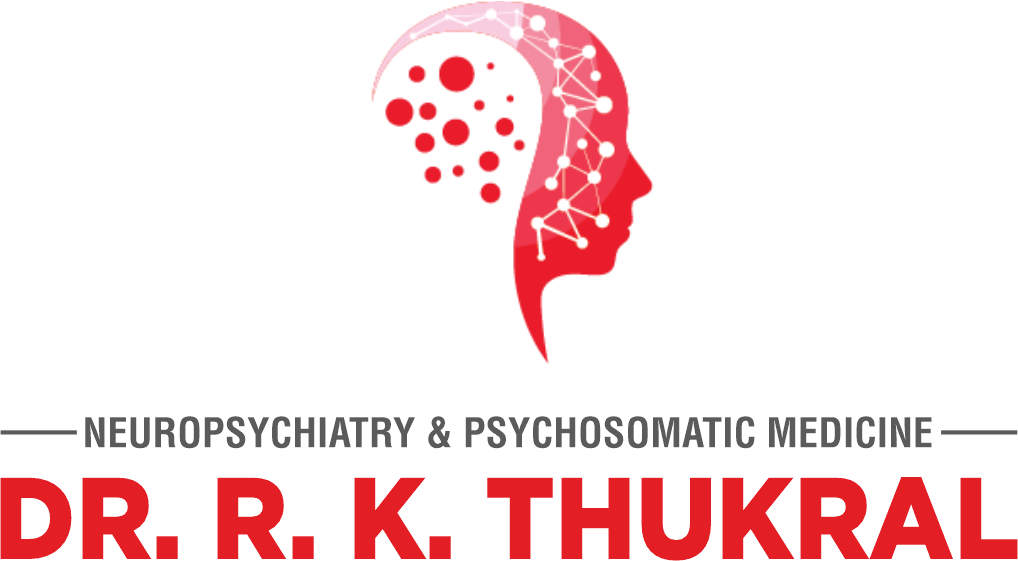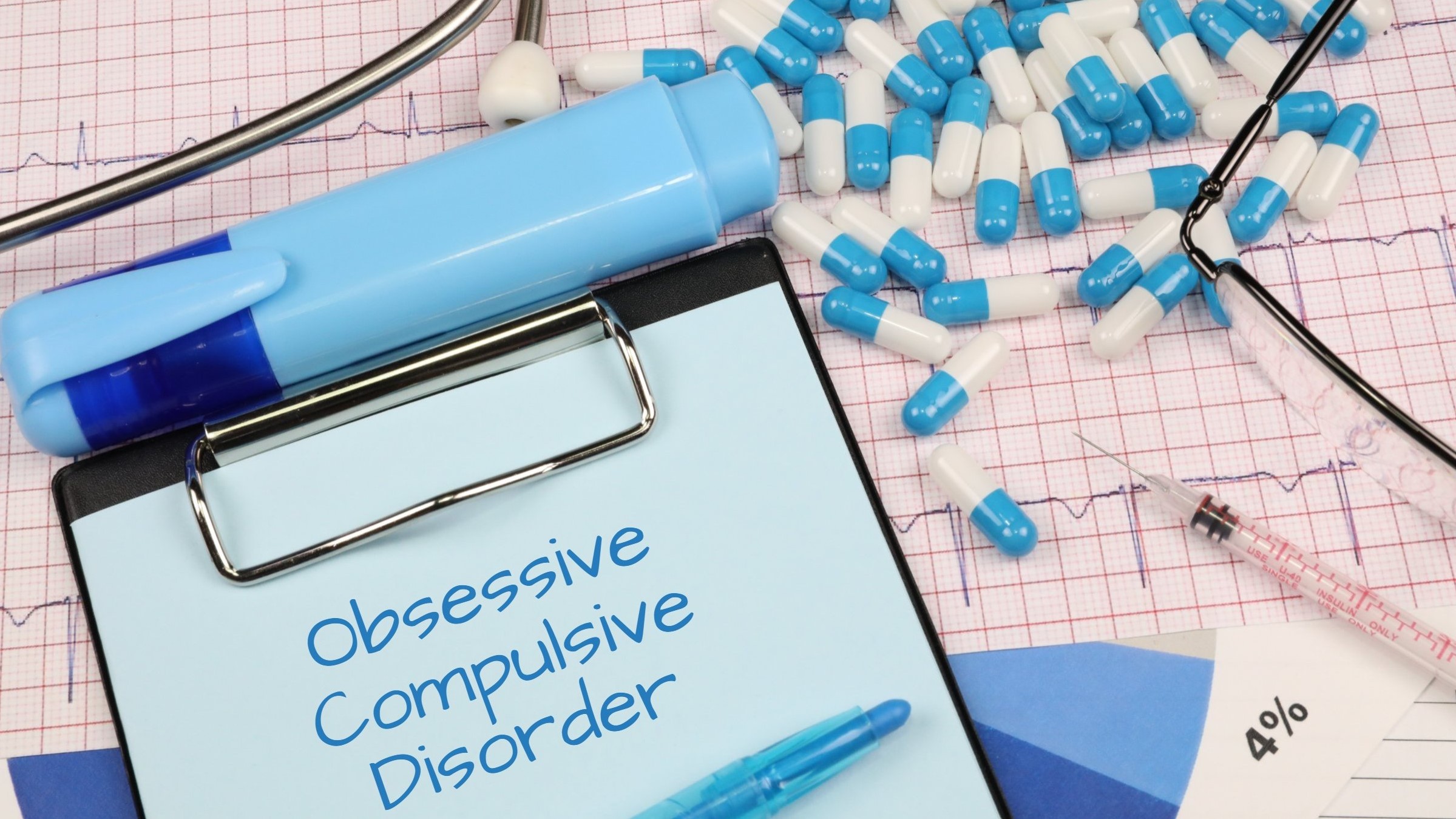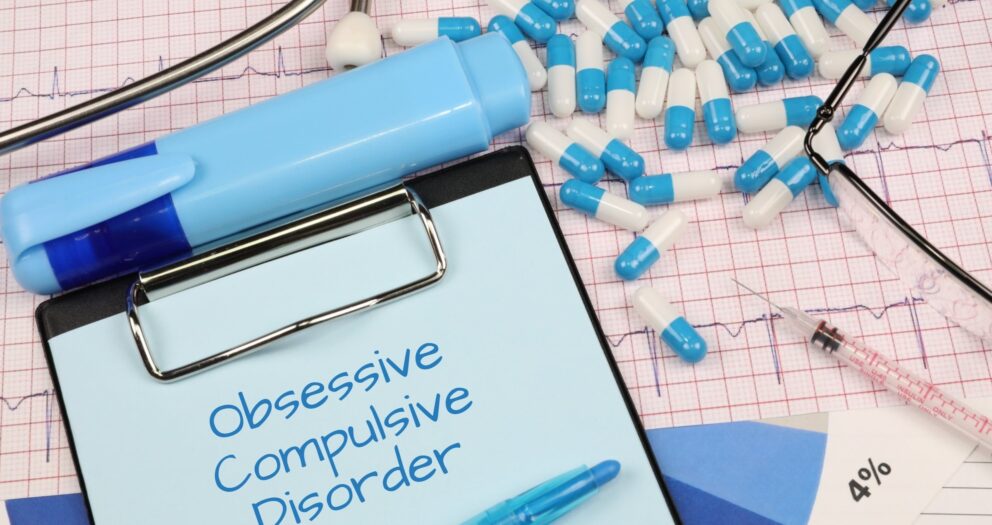Approximately 2% of the population has OCD. About half of the time, the symptoms appear during childhood or adolescence, and this rarely happens after the age of 40.
OCD is an anxiety disorder, and it is one of several conditions involving obsessive thoughts and compulsive behaviour.
Having OCD can significantly affect a person’s quality of life and well-being.
What is OCD?
OCD is a mental health condition that Involves Trusted sources an obsession or compulsion, distressing actions, and repetitive thoughts. It can be challenging for a person with OCD to carry out routine tasks.
A person with OCD typically:
- has thoughts, images, or urges that they feel unable to control
- does not want to have these intrusive thoughts and feelings
- experiences a significant amount of discomfort, possibly involving fear, disgust, doubt, or a conviction that things must be done in a certain way
- spends a lot of time focusing on these obsessions and engaging in compulsions, which interferes with personal, social, and professional activities
Types
- OCD can affect different people in different ways. It may involve:
Concern with checking
A person with OCD may feel the need to check repeatedly for problems. This might include:
- checking taps, alarms, door locks, house lights, and appliances to prevent leaks, damage, or fire, for example
- checking their body for signs of illness
- confirming the authenticity of memories
- repeatedly checking communication, such as e-mails, for fear of having made a mistake or offending the recipient
Fears of contamination
Some people with OCD feel a continual, overwhelming need to wash. They may fear objects that they touch are contaminated.
This can lead to:
- excessive toothbrushing or handwashing
- repeatedly cleaning the bathroom, kitchen, and other rooms
- avoiding crowds for fear of contracting germs
Some people experience a sense of contamination if they feel that someone has mistreated or criticized them. They may try to remove this feeling by washing.
Hoarding
This involves a person feeling unable to throw away used or useless possessions.
Intrusive thoughts
This involves feeling unable to prevent repetitious unwanted thoughts These may involve violence, including suicide or harming others.
The thoughts can cause intense distress, but the person is unlikely to act in a way that reflects this violence.
A person with this type of OCD may fear that they are a paedophile, even with no evidence to support this.
Symmetry and orderliness
A person with this type of OCD may feel that they need to arrange objects in a certain order to avoid discomfort or harm.
They may repeatedly rearrange the books on a shelf, for example.
Symptoms
OCD involves Trusted Source obsessions, compulsions, or both. These can cause distress and interfere with the person’s ability to perform routine activities.
Below, learn more about obsessions and compulsions.
Obsessions
While everyone worries, in people with OCD, worries and anxiety can take over, making it hard to carry out everyday tasks.
Common topics of this anxiety include:
- Contamination, by bodily fluids, germs, dirt, and other substances
- Losing control, such as the fear of acting on an urge to self-harm or hurt others
- Perfectionism may involve the fear of losing things or an intense focus on exactness or remembering things
- Harm, including a fear of being responsible for a catastrophic event
- Unwanted sexual thoughts, including thoughts about inappropriate activities
- Religious or superstitious beliefs, such as a concern about offending God or stepping on cracks in the sidewalk
Compulsions
Not every repetitious behaviour is a compulsion. Most people use repetitive behaviours, such as bedtime routines, to help them manage everyday life.
For a person with OCD, however, the need to perform repetitious behaviour is intense, it occurs frequently, and it is time-consuming. The behaviour may take on a ritualistic aspect.
Some examples include:
- washing and cleaning, including handwashing
- monitoring the body for symptoms
- repeating routine activities, such as getting up from a chair
- mental compulsions, such as repeatedly reviewing an event
OCD in children
The first signs of OCD often Trusted Source appear in adolescence, but they sometimes emerge in childhood.
Complications among young people, including children, with OCD include:
- low self-esteem
- disrupted routines
- difficulty completing schoolwork
- physical illness, due to stress, for example
- trouble forming or maintaining friendships and other relationships
When OCD begins in childhood, it may be more common Trusted Source in males than females. By adulthood, however, it affects males and females at equal rates.
Causes
Experts Trusted Source do not know what causes OCD, but there are various theories. Genetic, neurological, behavioural, cognitive, and environmental factors may all contribute.
Genetic causes
OCD appears to run in families, suggesting a possible genetic link, which experts are investigating.
Imaging studies by Trusted Source have suggested that the brains of people with OCD function with characteristic differences. Genes that affect how the brain responds to the neurotransmitters dopamine and serotonin, for example, may play a role in causing the disorder.
Autoimmune-related causes
Sometimes, symptoms of OCD appear in children after an infection, such as:
- group A streptococcal infections, including strep throat
- Lyme disease
- the H1N1 flu virus
Clinicians sometimes call this occurrence of OCD symptoms pediatric acute-onset neuropsychiatric syndrome (PANS).
In a child with PANS, the symptoms start suddenly and reach full intensity within 24–72 hours. They may then disappear but return at a later date.
Behavioural causes
One theory suggests that a person with OCD learns to avoid fear associated with certain situations or objects by performing rituals to reduce the perceived risk.
The initial fear may begin around a period of intense stress, such as a traumatic event or significant loss.
Once the person associates an object or circumstance with this feeling of fear, they begin to avoid that object or situation in a way that comes to characterize OCD.
This may be more common among people with a genetic predisposition for the disorder.
Cognitive causes
Another theory is that OCD starts when people misinterpret their own thoughts.
Most people have unwelcome or intrusive thoughts at times, but for people with OCD, the importance of these thoughts becomes more intense or extreme.
Take the example of a person caring for an infant while under intense pressure and having intrusive thoughts of accidentally harming the baby.
A person might usually disregard these thoughts, but if the thoughts persist, they may take on unwarranted significance.
A person with OCD may become convinced that the action in the thought is likely to happen. In response, they take excessive, continual action to prevent the threat or danger.
Environmental causes
Stressful life events may trigger OCD in people with a predisposition, genetic or otherwise.
Many people have reported that the symptoms appeared within 6 months of events such as:
- childbirth
- complications during pregnancy or delivery
- a severe conflict
- a serious illness
- a traumatic brain injury
Also, OCD may occur alongside post-traumatic stress disorder or PTSD.
Diagnosis
Doctors look for specific criteria when diagnosing OCD, including:
- the presence of obsessions, compulsions, or both
- obsessions and compulsions that are time-consuming or cause significant distress or impairment in social, occupational, or other important settings
- OCD symptoms that do not result from the use of a substance or medication
- OCD symptoms that cannot be better explained by another health issue
Many other disorders Trusted Source, such as depression and anxiety, have similar features to OCD, and they can also occur alongside OCD.
Treatment
There are effective treatments for OCD. The right approach depends on the person’s set of symptoms and the extent that which they affect the person’s life and well-being. Some effective options Trusted Source include:
Cognitive behavioural therapy
This type of psychotherapy, sometimes called CBT, can help a person change the way that they think, feel, and behave.
It may involve two different treatments Trusted Source: exposure and response prevention (ERP) and cognitive therapy.
ERP involves:
- Exposure: This exposes the person to situations and objects that trigger fear and anxiety. Over time, through a process called habituation, repeated exposure leads to a decrease or disappearance of anxiety.
- Response: This teaches the person to resist performing compulsive behaviours.
Cognitive therapy starts by encouraging the person to identify and reevaluate their beliefs about the consequences of engaging or refraining from engaging in compulsive behaviour.
Next, the therapist encourages the person to:
- examine the evidence that supports and does not support the obsession
- identify cognitive distortions relating to the obsession
- develop a less threatening alternative response to the intrusive thought, image, or idea



Write a comment
Your email address will not be published. All fields are required